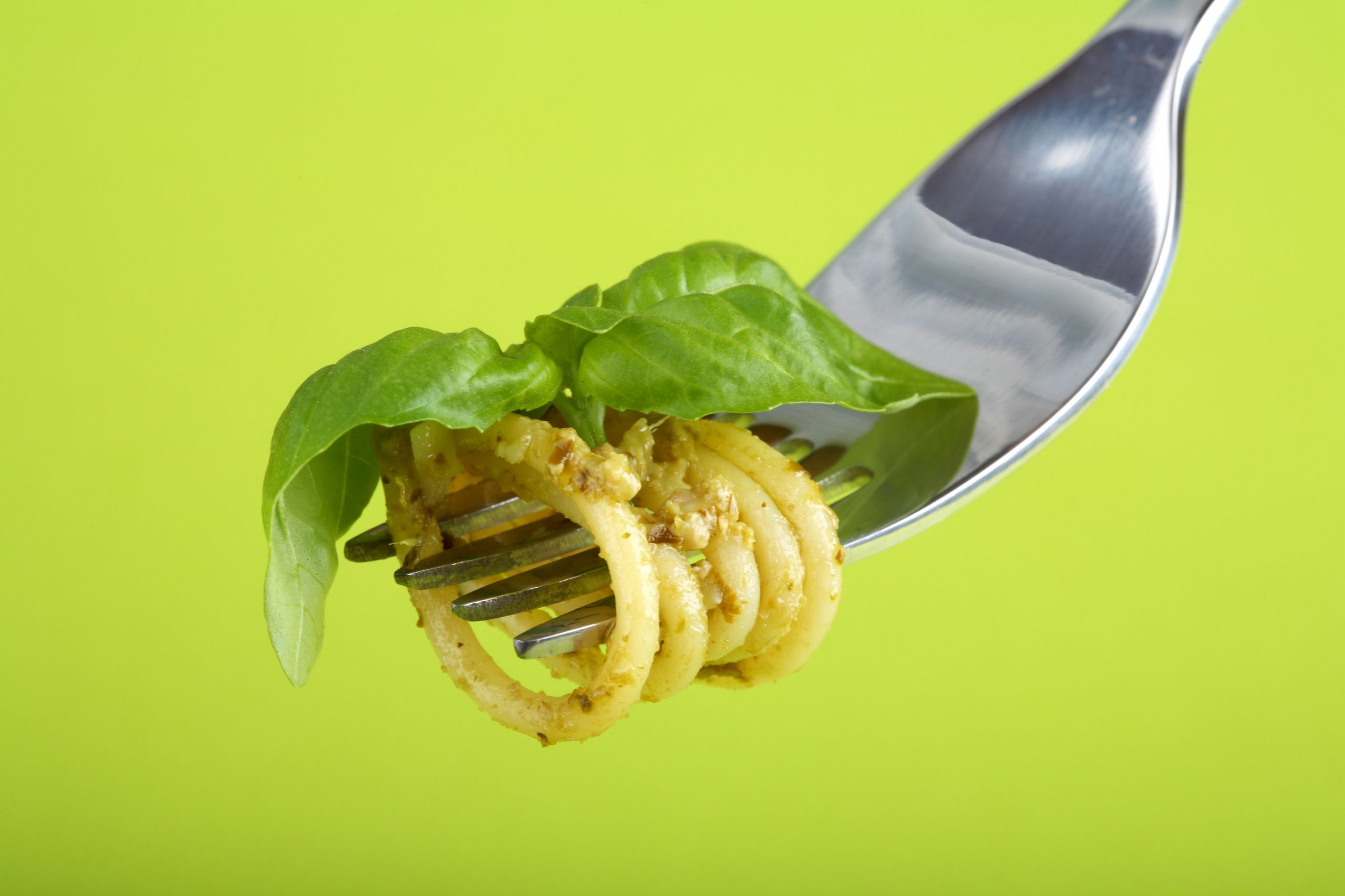Once upon a time, when I was a young teen with little to no traveling experience under my belt, I was equally fascinated and disgusted by tales of foreign, exotic lands (Britain and Germany, legend said), where pasta — yes, pasta! — was consumed with jam instead of sauce. Friends who had spent their summers in London to learn the sacred idiom of the Brits would return home with frightening accounts of overcooked pasta served in an orange, sugary sauce that only cemented the myth into my — and many other young Italians of my generation — mind.
A couple of years later, when I eventually moved myself to the British Isles for university, I was to learn that my mates actually had iconic Heinz Spaghettis, not pasta with jam and that, albeit certainly an acquired taste, the stuff was not as totally inedible as they would say (I do understand mine is a very controversial opinion, though).
It would take me another 20 years, however, to find out that, in fact, the idea of having pasta with a sugary topping is not all that strange, after all. Food historians found out that, in its early days, noodles were served with honey and spices, a bit as we still do today when we make rice pudding or even porridge. Indeed, honey and cinnamon, common toppings for the latter, were the most appreciated combination.
Enters Naples and the history of our favorite and most versatile dish changes for good.
Pasta became a popular street food in the city of Parthenope in the 16th century, but Neapolitans, used to the decadent, luscious taste and textures of their pastieras and creamy buns, didn’t want any sugary spaghetti to have on the go, they needed hearty, belly filling grub, something they could eat with their hands, maybe just with a bit of cheese on top.
The jump from dessert to main was made, but hey! There was still a long way to go before maccheroni and pomodoro finally embraced, creating the culinary duo of the millennium. A light sauce made with tomato, basil and salt eventually appeared only in the 19th century and the first real recipe for pasta al sugo (pasta with sauce) came only in 1839, in Ippolito Cavalcanti’s volume Cucina Teorico Pratica. Here, the legendary chef and writer put on paper recipes that were to become the very symbol of Neapolitan — and Italian — cuisine, including vermicelli al pomodoro (small spaghettis with tomato sauce) and vermicelli alle vongole (small spaghettis with clams).
Here’s his recipe for pasta with tomato sauce, as written by Cavalcanti himself, in his pleasantly old-fashioned, Neapolitan-infused Italian:
“Piglia rotoli 4 (700 gr ca.) de pommodoro, li tagli in croce, li levi la semenza e quella acquiccia, li fai bollire, e quando si sono squagliati li passi al setaccio, e quel sugo lo fai restringere sopra al fuoco, mettendoci un terzo di sugna, ossia strutto di maiale.
Quando quella salsa si è stretta giusta bollirai 2 rotoli (350 gr ca.) di vermicelli verdi verdi (cotti al dente) e scolati bene, li metterai in quella salsa, col sale e il pepe, tenendoli al calore del fuoco, così s’asciuttano un poco. Ogni tanto gli darai rivoltata, e quando son ben conditi li servirai.”
…Liberally translated by yours truly below:
Take four rotoli (about 2 lbs) of tomatoes, cut them in four and remove all the seeds and watery innards. Cook them and when they break into pieces, pass them through a sieve and cook them further, adding a third of sugna, that is, pork lard.
When the sauce has thickened nicely, you’ll boil two rotoli (about 1 lb) of vermicelli verdi verdi (did he mean fresh?), cook them al dente and, after having drained them carefully, you’ll add them to the sauce with some salt and pepper and keep them on the fire, so that they’ll dry a little. You’ll need to stir them once in a while and when they’re all covered in sauce, they are ready to be served.






























